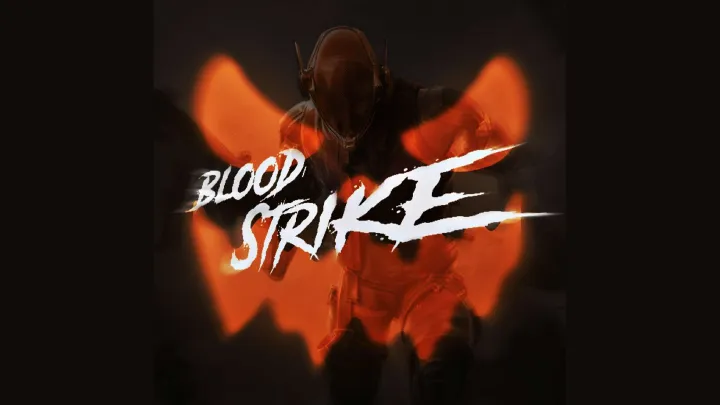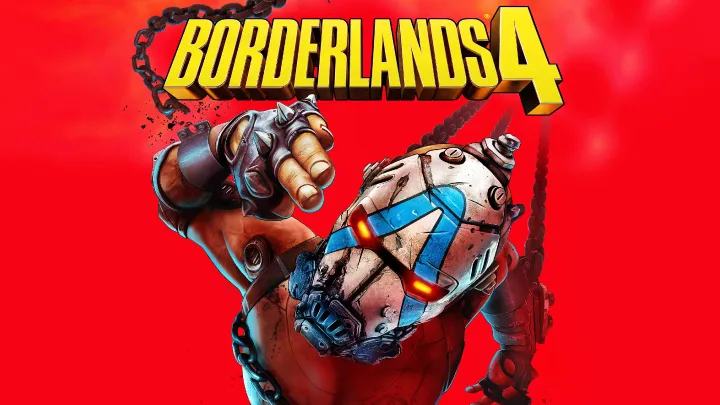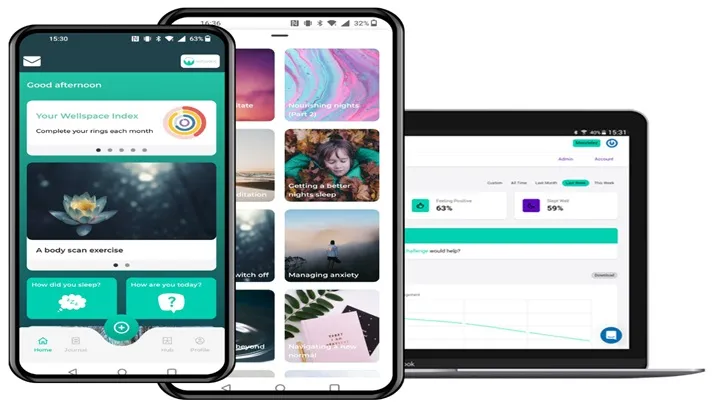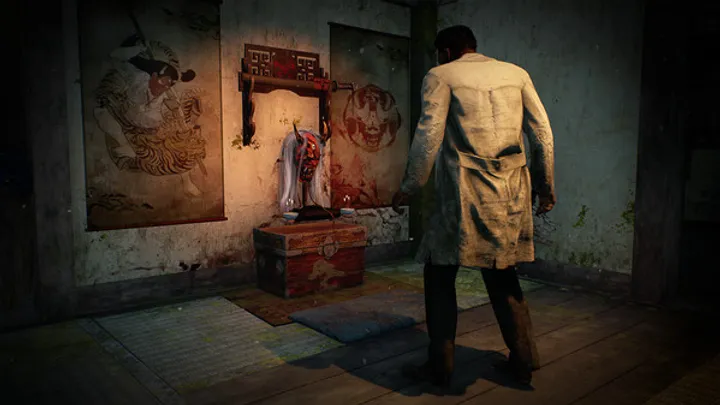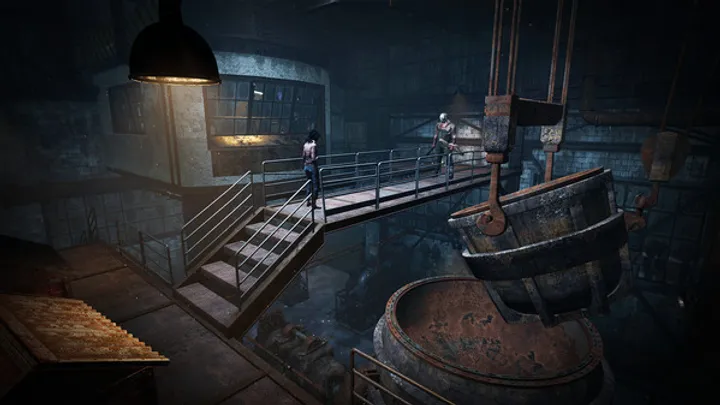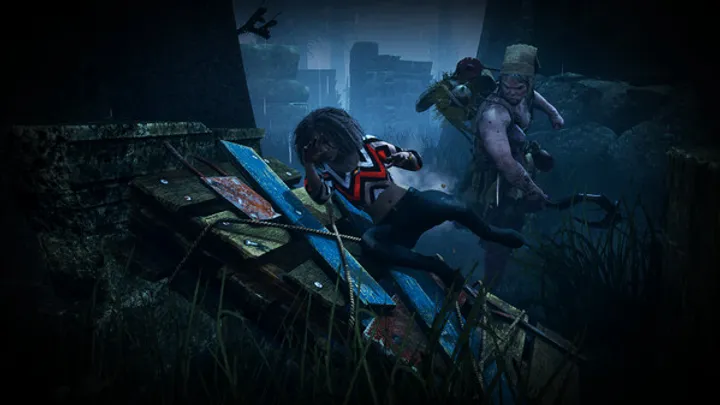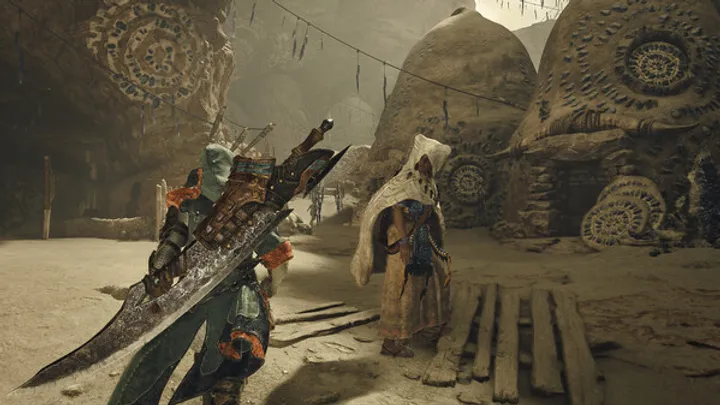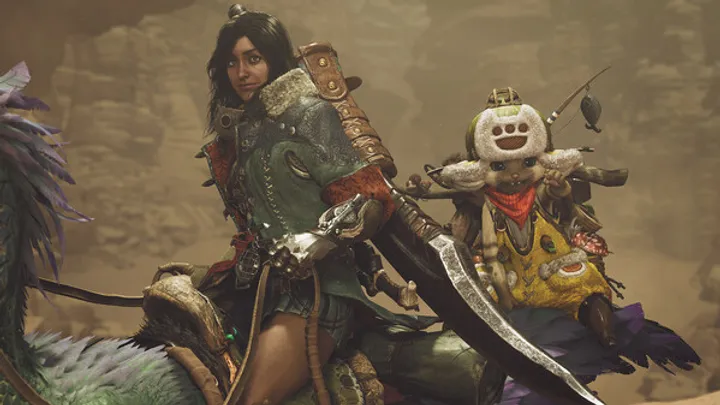The Cycle of Conflict: From Expansion to Endgame
For over two decades, World of Warcraft (WoW) has not just been a game; it has been a second home for millions of players, a massive virtual world defined by its cyclical conflict and continuous evolution. The lifeblood of this enduring MMORPG is its meticulously planned patch cycle, which dictates the flow of content, narrative, and challenge between major expansions.
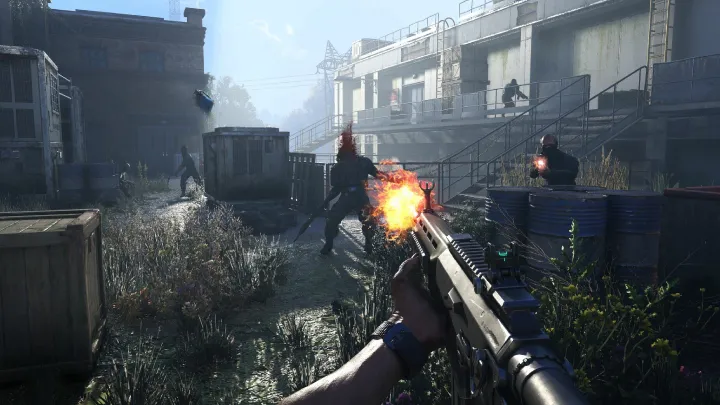
Every expansion (the current being a primary focus) serves as a launching pad, introducing new continents, races, classes, and the overarching threat. The subsequent year-plus of the expansion’s lifespan is then governed by a series of major content patches (e.g., X.1, X.2, X.3), released strategically to keep all segments of the massive player base—from dedicated raiders to casual quest-takers—engaged.
This reliable rhythm is built on three foundational pillars: the Advancement of the Narrative, the Tiered End-Game Progression, and the Dual-Focus on Modern and Classic WoW.
The Advancement of the Narrative is crucial for player immersion. Unlike many games, WoW uses its patches to deliver significant, cinematic story beats. The initial patch of a cycle typically resolves the first major conflict, while subsequent patches introduce new zones, major questlines, and characters that escalate the threat towards the final confrontation of the expansion. This method of episodic storytelling ensures that the world of Azeroth feels dynamic, constantly reacting to the players' efforts.
The Rhythm of Progression: Raids, Dungeons, and PvP
The genius of WoW's patch cycle lies in its ability to simultaneously refresh the end-game for competitive players and provide new progression opportunities for everyone else.
The New Raid Tier and Mythic+ Meta
For competitive guilds and raiders, the primary content anchor of any major patch is the introduction of a New Raid Tier. These massive, multi-boss instances serve as the ultimate test of coordination, strategy, and gear. The launch of a new raid resets the gear progression treadmill: new, higher item-level gear becomes available, and players must master new mechanics to defeat the expansion's strongest foes. This system creates a global competitive dynamic, culminating in the Race to World First, which is a highly viewed spectacle for the entire community.
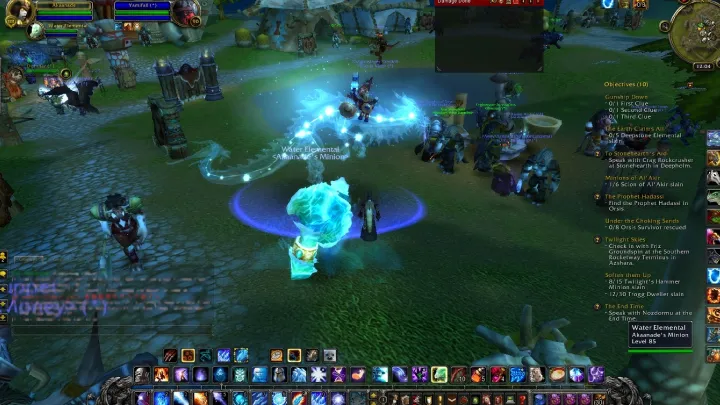
Alongside the raids, the Mythic+ Dungeon System receives a Seasonal Refresh. This typically involves increasing the difficulty and rewards of all dungeons, rotating out the difficult affixes, and often introducing one or two older dungeons back into the rotation. This keeps the small-group content perpetually challenging and serves as a vital parallel path for gear progression, ensuring that competitive players have multiple ways to prepare for raids.
For PvP players, the patches bring a New PvP Season, introducing unique seasonal gear sets, updated talent and balancing tweaks, and the highly coveted Gladiator titles and mounts. This focus ensures the battlegrounds and arenas remain vibrant and fiercely contested.
The Dual-Focus: Modern and Classic
A unique challenge and opportunity for WoW is managing two separate versions of the game: Modern WoW and WoW Classic. The patch cycle must now accommodate both. While Modern WoW receives the new raid and seasonal content, WoW Classic operates on a dedicated release cadence, faithfully re-releasing the original content patches (like the phases of Wrath of the Lich King Classic or Cataclysm Classic). This dual delivery strategy allows the company to cater to both players who seek cutting-edge content and those who crave the nostalgic, slow-burn experience of the game's past.
A Legacy Built on Continuous Change
The success of World of Warcraft over two decades is a testament to its relentless commitment to content updates. The patch cycle is not merely a schedule; it is the infrastructure that supports a sprawling virtual economy, a deep competitive meta, and a story that continues to evolve.
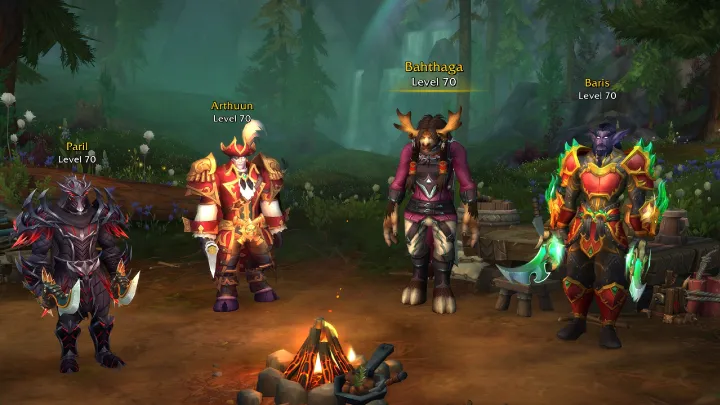
Each major patch introduces not only new threats and gear but also Quality-of-Life (QoL) Updates, such as adjustments to the talent system, streamlined profession interfaces, and new cosmetic systems (like transmogrification features). These continuous refinements, often driven by extensive player feedback gathered via PTR (Public Test Realm) cycles, are essential for keeping the aging core systems feeling modern and accessible.
The future of World of Warcraft is defined by this continuous development loop. Every several months, the bells toll for a new raid, a new dungeon season begins, and the epic narrative takes another turn. It's a journey where the world and its challenges constantly evolve, setting a foundational standard for what a live service MMORPG must be. The war for Azeroth is eternal, and the next chapter is always on the horizon.





